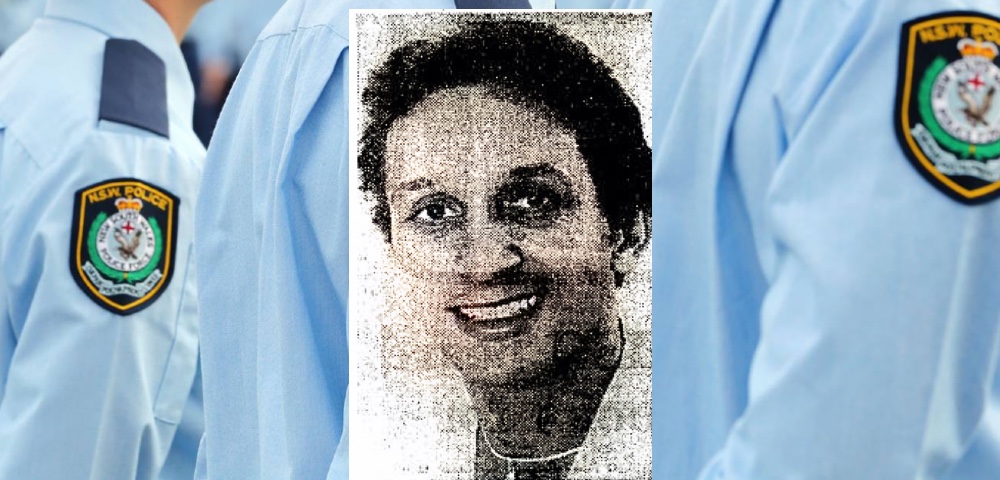
DNA Evidence That Could Have Led To Sydney Gay Man’s Killer Lost, Inquiry Told

The 1981 death of a 25-year-old Sydney-based gay man in a “frenzied” attack remains unsolved as crucial DNA evidence that could have nailed the killer was lost, a special commission of inquiry into LGBTQI hate crime deaths was informed on Wednesday.
The special commission headed by Justice John Sackar is looking into the unsolved deaths of gay men between 1970 and 2010, including the 88 unsolved deaths of gay men and trans women that were considered by Strike Force Parrabell.
On Wednesday, the commission heard the case of the murder of 25-year-old Gerald Cuthbert.
Cuthbert was brutally stabbed to death at the house of his former boyfriend in the suburb of Paddington in Sydney on October 18, 1981. Cuthbert’s former boyfriend was away that weekend.
Cuthbert’s body was found in a pool of blood. There were over 60 stab wounds on his body and his throat was cut.
LGBTQI Bias Death?
Kathleen Heath, Counsel Assisting, told the commission that “a number of factors indicate the real possibility that Mr Cuthbert was killed in the context of LGBTIQ bias”.
“The nature and extent of Cuthbert’s injuries significantly exceed what is necessary to kill a person, and are consistent with a frenzied or panicked attack,” the Counsel pointed out.
“The evidence, including evidence suggesting receptive anal sexual intercourse with a male partner shortly before his death, suggests that Cuthbert was likely killed by a person he took back to the apartment for the purpose of sex,” the Counsel said, adding that, the evidence did not suggest any other motive.
DNA Evidence Lost
With the advancement in the past four decades in forensic technology, DNA extraction and analysis, the inquiry commission made attempts to get evidence re-tested. The inquiry twice wrote to the police to locate the exhibits. However, the evidence appears to have been lost, the counsel informed the commission.
“In Mr Cuthbert’s case, the systems for retaining and storing exhibits failed. Critical exhibits, including a blood and semen-stained handkerchief, and anal swabs and smears on which semen was detected, have been lost,” the counsel submitted.
“These exhibits may well have held the key to identifying Mr Cuthbert’s killer, and their loss could be the cause of Mr Cuthbert’s murder going unsolved. Such a loss of critical exhibits is unacceptable, by both contemporary and historic policing standards.”
The commission heard that the evidence in the case was not “sufficient to ground a positive finding that MrCuthbert’s death was one in which LGBTIQ bias was a factor.”









